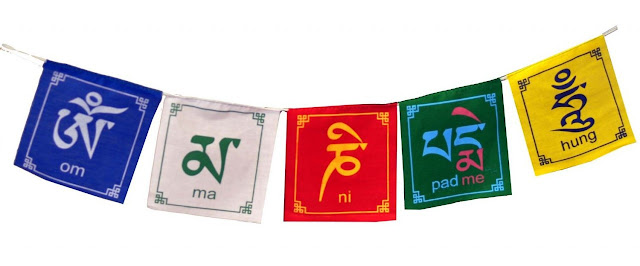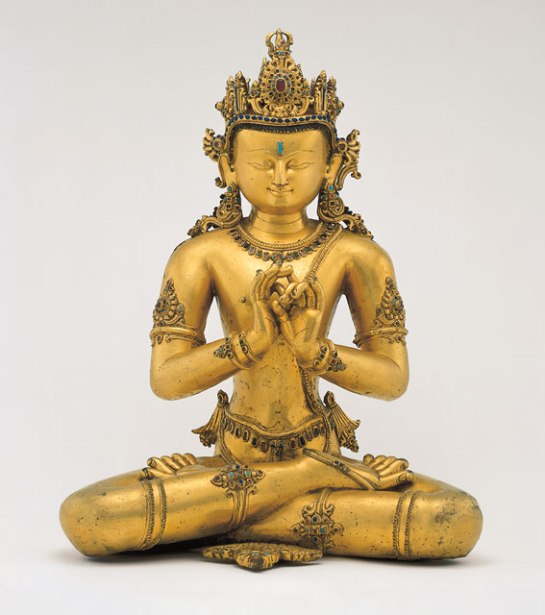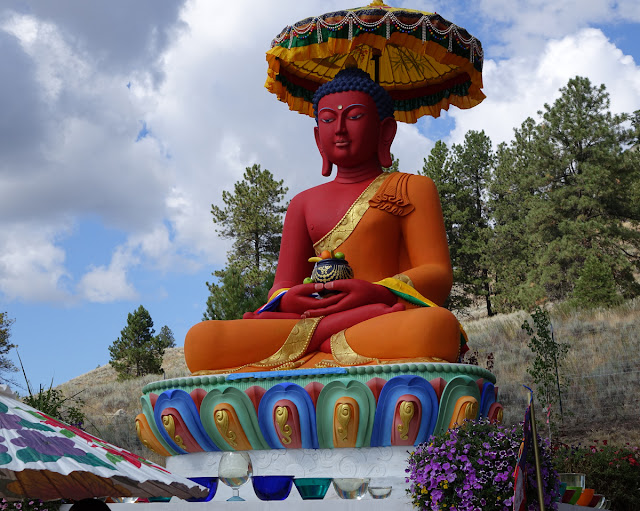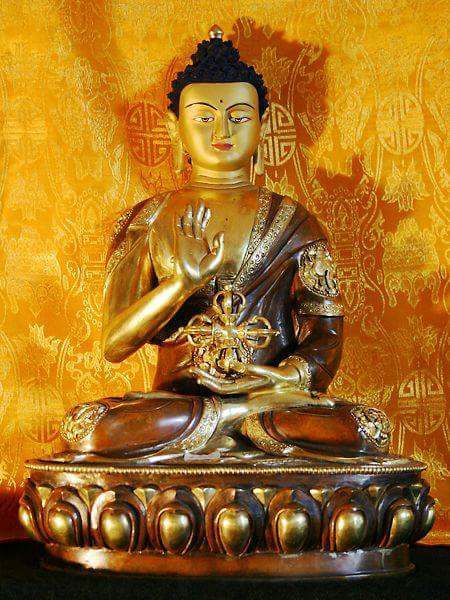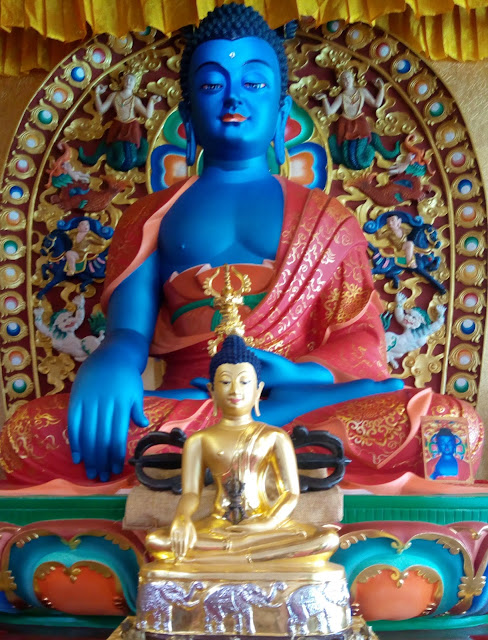The Verses of the Eight Noble Auspicious Ones 西藏吉祥八宝經文
By Mipham Rinpoche
It is very important to recite this through once before starting on any activity; whatever the project, it will work out exactly as you wish.
“Recite this prayer when you wake up, and you will accomplish all your aims for the day. Recite it when you go to sleep, and you will have good dreams. Recite it before a conflict, and you will be completely victorious. Recite it when you embark on any project, and you will be successful.
If you recite this prayer every day, the length of your life, your splendor, renown, and wealth will all increase, you will find perfect happiness, you will accomplish your aims exactly as you wish, all harmful actions and obscurations will be purified and all your wishes for higher realms, liberation and omniscience will be fulfilled.” These are the words of the Buddha himself.
For The Verses of The Eight Noble Auspicious One prayer text , you can visit or download the PDF format at the following link:
For The Verses of The Eight Noble Auspicious One prayer text link , please visit the following website. Website link is courtesy and credit to :danangfoundation.com
The Eight Auspicious Symbols of Vajrayana Buddhism 西藏金剛佛教的吉祥八宝象徵
The Eight Auspicious Symbols are one of the most common yet very popular in the Tibetan Buddhism and culture for over thousands of years.
Eight Auspicious Symbols in the Sanskrit word is "Ashtamangala". In the Tibetan language is known as "Tashee-tag-gyay" The Eight Auspicious Symbols of Buddhism is a genre of Buddhist symbolism. The symbols derive from Indian iconography and have become especially popular in Tibetan Buddhism.
The Eight Auspicious Symbols are traditionally offered to Lama, teachers during long life ceremonies and are used in various forms of ritual art. It is believed that each of the Tibetan symbols represents one aspect of the Buddha’s teachings and when appearing all together their powers are multiplied.
In this fascinating study, the Eight Auspicious Symbols are as follows:-
1. Right-Coiled White Conch Shell
2. Precious Parasol
3. Victory Banner
4. Golden Fishes
5. Dharma Wheel
6. Endless Knot
7. Lotus Flower
8. Treasure Vase
These eight symbols of good fortune represent the offerings made by the gods, and Brahma to Shakyamuni Buddha immediately after he attained enlightenment.
Legend has it, the Heavenly Brahma, the Four Faced god was the first to appear with an offering of a thousand-spoked golden wheel, requesting Buddha Shakyamuni to turn the teaching of the Dharma wheel to benefit all beings.
The great Indra god appeared next and presented with a white right-spiraling conch shell as a symbol of the proclamation of the Dharma. Following appeared next was the goddess of mother earth Sthavara who had borne witness to the Buddha's enlightenment, presented with a golden vase full of the nectar of
immortality.
For details of The Eight Auspicious Symbols, please refer to my article that had posted at the following:
Do you earnestly cherish our devoted work? Assuming this is the case, we are delighted that you are finding our blog useful. Would you consider making a donation for our Buddhist research and development? We need you to help secure the future of scholarly interaction with Buddhism. Please consider showing your support .
Your generosity will certainly help us improve our works and to achieve for a better and brighter prospect to come.
Thank you for reading, may you find peace and great bliss. With your support it helps to spread the Buddha’s precious teachings and turning the Dharma wheels in the world.
Aspiration For Bodhichitta
For those in whom the precious Bodhichitta has not arisen
May it arise and not decrease
But increase further and further.
Dedication of Merit
By this merit may we obtain omniscience then.
Having defeated the enemies wrong-doings.
May we liberate migratory from the ocean of existence.
With its stormy waves of birth, old age, sickness and death.
*Note
I do not own or infringe any copyright of the picture(s).
Picture(s) courtesy and credit to the rightful distributors and or studios.
Picture(s) is/are intended for editorial use only.
















